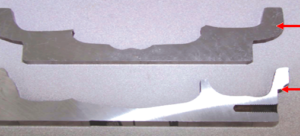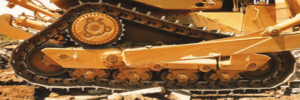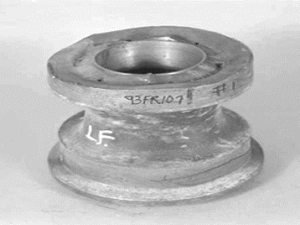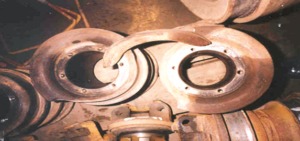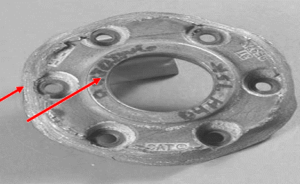Track rollers can be measured with either a depth gauge, a caliper or an ultrasonic tool. All methods are shown in the videos below.
- Ultrasonic Tool
- Depth Gauge
- Caliper
Potential Observations
What to look for
Below are some of the issues you should be looking for when inspecting track rollers. This list does not cover all possible issues, but is a starting point that covers most genral issues.
Uneven Tread Wear (Inner/Outer)
Tread Cusp Wear
High Roller Side Flange Wear Details
Roller Tread Wear (Front to Rear) Details
Roller Flange Breakage Details
Roller Retainer Wear Details



